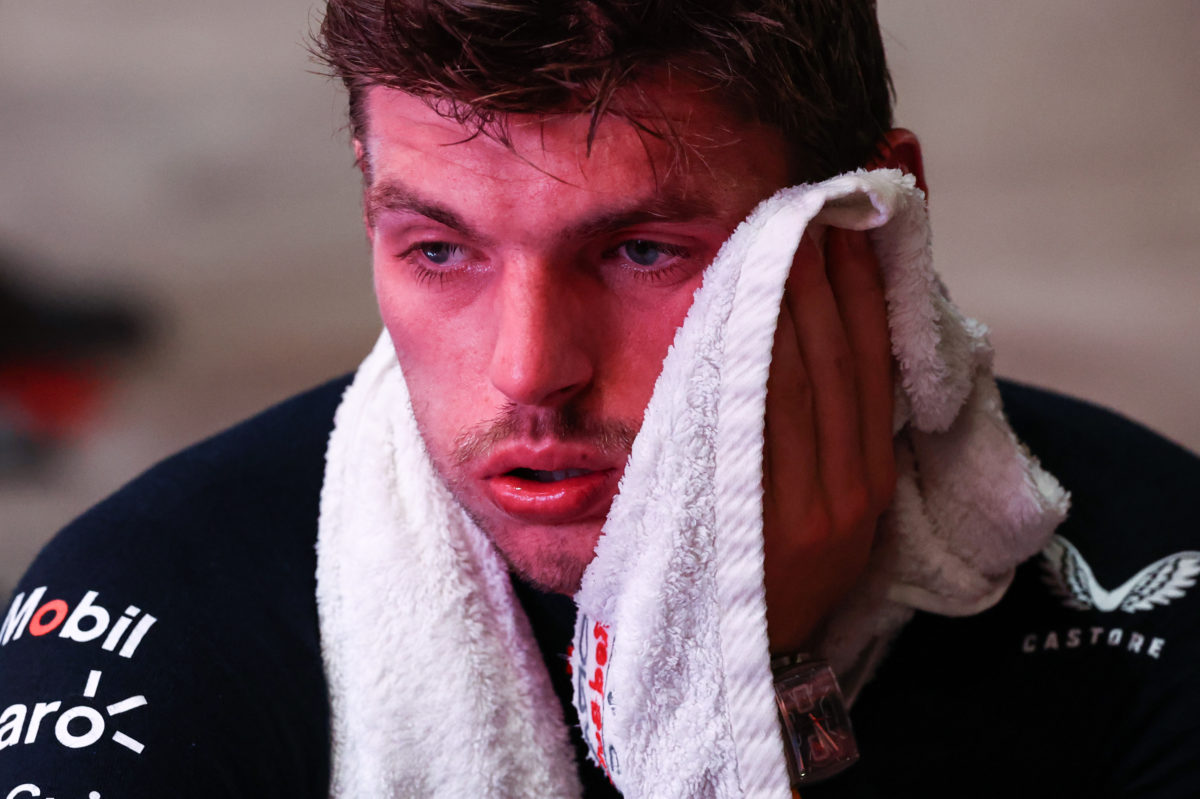

A leading Formula 1 performance coach has explained the incredible dangers the extreme heat and humidity posed for the drivers during the Qatar Grand Prix.
The FIA has commenced an analysis of the conditions at the Lusail International Circuit throughout the 57-lap race during and after which the drivers suffered in conditions that saw temperatures in the low 30s and humidity in the 80 percent range.
Although the FIA proclaimed the drivers as “elite athletes”, motorsport’s governing body recognises “they should not be expected to compete under conditions that could jeopardise their health or safety”.
Williams’ Logan Sargeant was unable to complete the race, retiring after 41 laps due to him feeling unwell, whilst team-mate Alex Albon was also treated at the circuit medical centre for dehydration.
Aston Martin driver Lance Stroll claims he “faded in and out” on a number of occasions during the race, sparking the FIA to act as the Canadian was fortunate to avoid a high-speed crash.
Performance coach Sam Village, who previously worked with Daniel Ricciardo and Carlos Sainz, and now Alfa Romeo’s Zhou Guanyu, feels the FIA is right to address an issue of high concern.
“I think the moment any sort of light-headedness is even discussed something needs to happen because that’s unbelievably dangerous,” said Village, speaking on the Sky Sports F1 Podcast.
“It’s quite common to faint in the heat, there’s no doubt about that. One hundred percent it needs to be looked at.”
Village confirmed speaking with Zhou’s at-track trainer, who previously worked with Felipe Massa, and who reported back that he had “never seen it hotter than that”.
He added: “Then I spoke to Carlos’ coach and he said that the dry heat during the day meant that the humidity was created in this landscape and it just became unbearable.
“I think there is a reason why (last year’s) football World Cup was in the winter. I think we can all recognise that now. The conditions were very hard.
“If it was maybe one or two races like that a year, we could prepare for it a lot better, but with the schedule a racing driver has, it’s really difficult to prepare for a race in a different environment.”
Mercedes driver George Russell described the conditions as “brutal”, with Village explaining the drivers were punished physically and mentally.
Village added: “It was a combination of the length of the stint they were given, the new track surface and the heat.
“A characteristic of the Qatar track is there are lots of high-downforce fast corners.
“When they go through these high-downforce fast corners they tense, and ultimately they hold their breath a little bit.
“So their breathing rate is the same as when they are asleep but their heart rate is between 150 and 180 (beats per minute), so there’s an element of hypoxia in the brain as well potentially. That’s the challenge.
“Roughly they are experiencing between 3-6G through each corner, each braking point, so those loads are being put on to them as well.
“They had to deal with a lot and it’s pretty impressive to be fair, without loads and loads of conditioning that we would probably put through an endurance athlete if they were going to Hawaii to race in an Iron Man, for example.
“Also, they were getting hot water, basically, to drink for an hour and a half, an hour 45.
“Whereas if a guy was racing in those same temperatures in endurance they’d be covering themselves in water every 15 to 20 minutes, and they’d be able to have a cold drink as well.”






















Discussion about this post